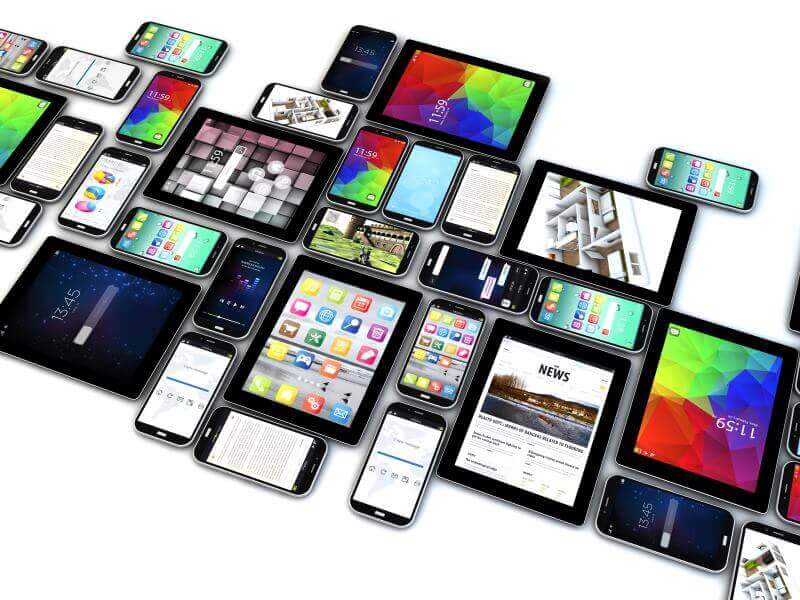
Earlier this year, digital travel sales in the US were forecasted to reach $189.62 billion, of which 40% were estimated to come from mobile devices.
NB: This is an article by Nancy Hall, Senior Vice President at Conversant.
Travel research and booking on mobile is continuing to grow as a popular channel for consumers and may soon become the sole method for travel reservations according to eMarketer.
The number of US adults who will research a trip via their smartphone this year is already more than 55 million. Larger smartphone screens, user-friendly apps and improved mobile payments may all be contributing factors to the shift to mobile travel bookings.
As this trend continues, marketers must continue to embrace mobile. This channel is the best way to deliver the right message to the right consumer in the right place, at the most optimal moment. And it’s what most consumers expect.
Here are four areas marketers need to focus on.
1: Mobile booking journeys
Consumer shopping and booking journeys are becoming more diverse as the use of mobile continues to grow. This is one of the biggest challenges for marketers, but it is crucial to building consumer trust and holding onto market share.
Consumers are regularly switching from device to device throughout the day and in the middle of the booking journey. Considering today’s consumer has, on average, more than three devices, someone might conduct a search on a mobile phone and then book on a desktop or through a call center – or vice versa.
Marketers need to understand which consumers are using mobile entirely and which are using a combination of devices to complete bookings. Once they know an individual’s unique roadmap, where they are in the journey, and how they make final booking decisions, marketers can deliver a relevant message – i.e. “Book Now” or “Add a Car Rental to Your Reservation” – on their preferred channel or device.
2: Loyalty programs
Online travel agencies (OTAs) spend a lot of money on search advertising and TV. Through large amounts of spending, OTAs are gaining more brand awareness—which means if travel brands want a share shift, they also need to get in front of consumers. This needs to occur early and often.
Brands should use their loyalty programs to maintain consistent communication with consumers. The most optimal way to accomplish this is by offering perks, deals, services and benefits to loyalty travelers to compel them to book direct instead of through an OTA.
3: Generational differences
The use of mobile devices varies significantly between generations. Not only are their motivations and mindsets different, but the method and channel they use for travel planning and booking also differ.
For example, Millennials are more likely to rely on apps to make travel bookings and decisions than Generation X and Boomers, and are also turning to Instagram for trip planning/inspiration more so than Boomers. Understanding these generational differences is key to knowing which device and channel to leverage for individual consumers.
4: Personalized experiences
While the ability to reach individuals across devices is a must – marketers will lose out on bookings if they can’t confidently do so – don’t overlook the importance of personalized experiences; they are integral to gaining and maintaining guests’ confidence.
Personalization is the key to any effective marketing campaign and is especially crucial for travel marketers to earn brand loyalty. Recognizing users within an app not only gives marketers the ability to understand individual cross-device behavior and tailor an experience as needed, but it also ensures marketers are optimizing the number of messages an individual receives.
Next step: Connect your data dots
Ultimately, delivering a unique and personalized message that takes into account loyalty information, booking habits and more will place marketers where the competitors are and win them share.
Travel research and booking on and across mobile devices is inevitable. It is up to travel marketers to stay ahead of these developments in order to keep their brand top of mind for consumers and drive travel reservations and bookings now and in the future.
Personalization through loyalty programs that send relevant messages and offers to individual consumer will aid marketers and place them at top of mind for purchase decisions.




